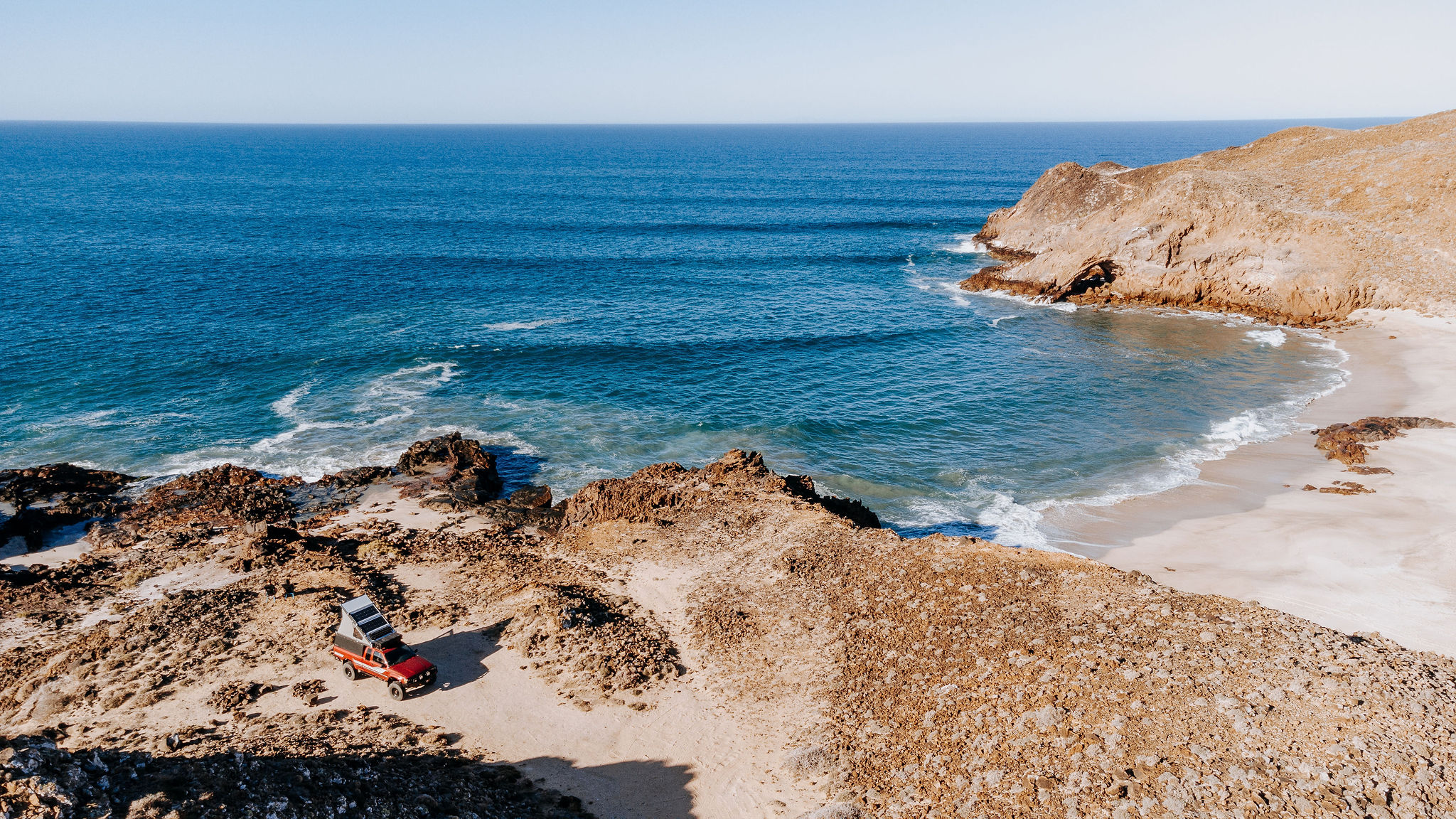Photography by Richard Giordano
From sunseekers to snowbirds, surfers, and off-roaders, it seems like nearly everyone I’ve talked to is planning to visit Baja this winter. The promise of warmer temperatures, beach camping, and finding solace in remote desert locations has mass appeal. Waking up to the sound of coyotes chattering, frolicking in sparkling bioluminescence in the Sea of Cortez with friends, spotting dolphins leaping out of the Pacific, and visiting vibrant cave paintings from long ago were some of the most special moments of my recent visit.
Whether it’s your first visit to Baja or your 20th, or if you plan to go in the future, we hope these tips will help make your experience a memorable one.
1. Obtain the requisite paperwork.
You will require the following paperwork for travel throughout Baja:
Mexican vehicle insurance As US and Canadian automobile insurance is not recognized in Mexico, travelers must purchase additional coverage. We went with Baja Bound. If you own an older vehicle that isn’t automatically covered, call or send an e-mail. Our 1990 Toyota Pickup didn’t appear on the website, so we spoke with an agent and obtained some coverage without an appraisal. You can purchase auto insurance for Mexico from the following companies: AAA through Grupo Nacional Provincial S.A., Allstate, Geico, The General Insurance, and MexPro (includes Progressive Insurance and Liberty Mutual Insurance).
Travel and health insurance Choose your own adventure here. Some swear by World Nomads for travel insurance, while others choose AAA. It’s always good practice to call your provider to confirm what will be covered while you are gallivanting around another country.
Forma Migratoria Múltiple (FMM) A legal requirement for all tourists entering Mexico, the FMM is an immigration form or tourist card that you will be asked to fill out and carry with you. The form can be purchased online or at any border crossing. Make sure to ask for an FMM at the land border, as this won’t necessarily be done for you. A valid passport is required.
Crossing into Baja from the US can be quick and easy—so easy that you might miss obtaining the official paperwork altogether. I’ve heard plenty of tales from travelers who crossed so seamlessly that they didn’t realize any official paperwork was required. When in doubt, ask. We crossed at Tecate at the beginning of November, parked on the Mexico side, and walked back to customs/migration to obtain our FMM. It’s easy to miss if it’s your first time in the country.
Both American and Canadian citizens require a passport to enter Baja. At the time of writing, foreigners with a vehicle only require a Temporary Import Permit if they are heading to Mainland Mexico. Finally, Mexican Federal Law strictly forbids possession of firearms or ammunition.
2. The Mexicali/Tecate border crossings tend to be more tranquilo than Tijuana.
Tijuana’s proximity to San Diego can result in long waits and a chaotic experience. In fact, the San Ysidro Port of Entry between Tijuana and San Diego is the fourth-busiest land border crossing in the world. Smaller border posts such as Mexicali East and Tecate can be less stressful. Double-check hours of operation before you go. It never hurts to show up early, either.
At the beginning of November, we crossed at Tecate, and it was the quickest and easiest border crossing I’ve ever done. No lineup, no wait, no problem. Plus, the town of Tecate is a pleasant place to visit with easy access to food, shops, an Autozone, and more. We returned to the US in mid-December at Mexicali East (also called Calexico East). Although busier than Tecate, the exit procedure was straightforward, with a short wait time (under 30 minutes). The only downside was navigating busy evening traffic in Mexicali; it was slow-going. Keep your eye out for the correct lane at this crossing as well. Once you’re in the SENTRI lane, there’s no going back.
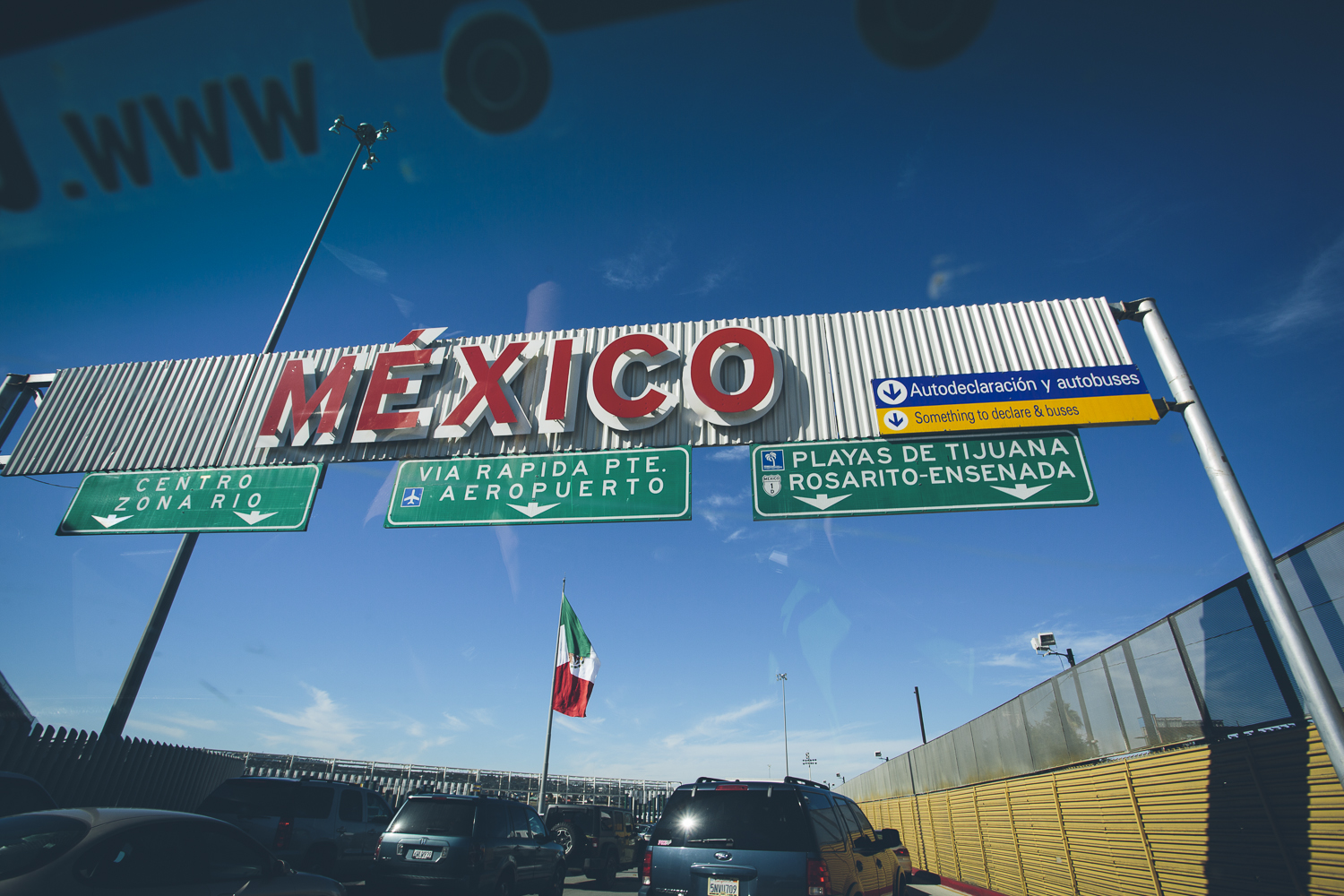
3. Enjoy Baja’s beautiful backroads.
While many paved roads in Baja are incredibly scenic (especially on the Sea of Cortez side of the peninsula), the backroads are where the magic happens. Get ready for corrugations, whoops, and sandy tracks flanked by mountains, beaches, and endless stretches of desert. What fun!
Here are a few resources to help with route planning:
- Score International provides GPX tracks for the Baja 1000 racecourse on their website
- Google Earth and Google Maps (satellite layer) can be effective resources for scouting
- The Gaia GPS app offers downloadable maps for Mexico
- There are some hidden gems listed on the iOverlander app
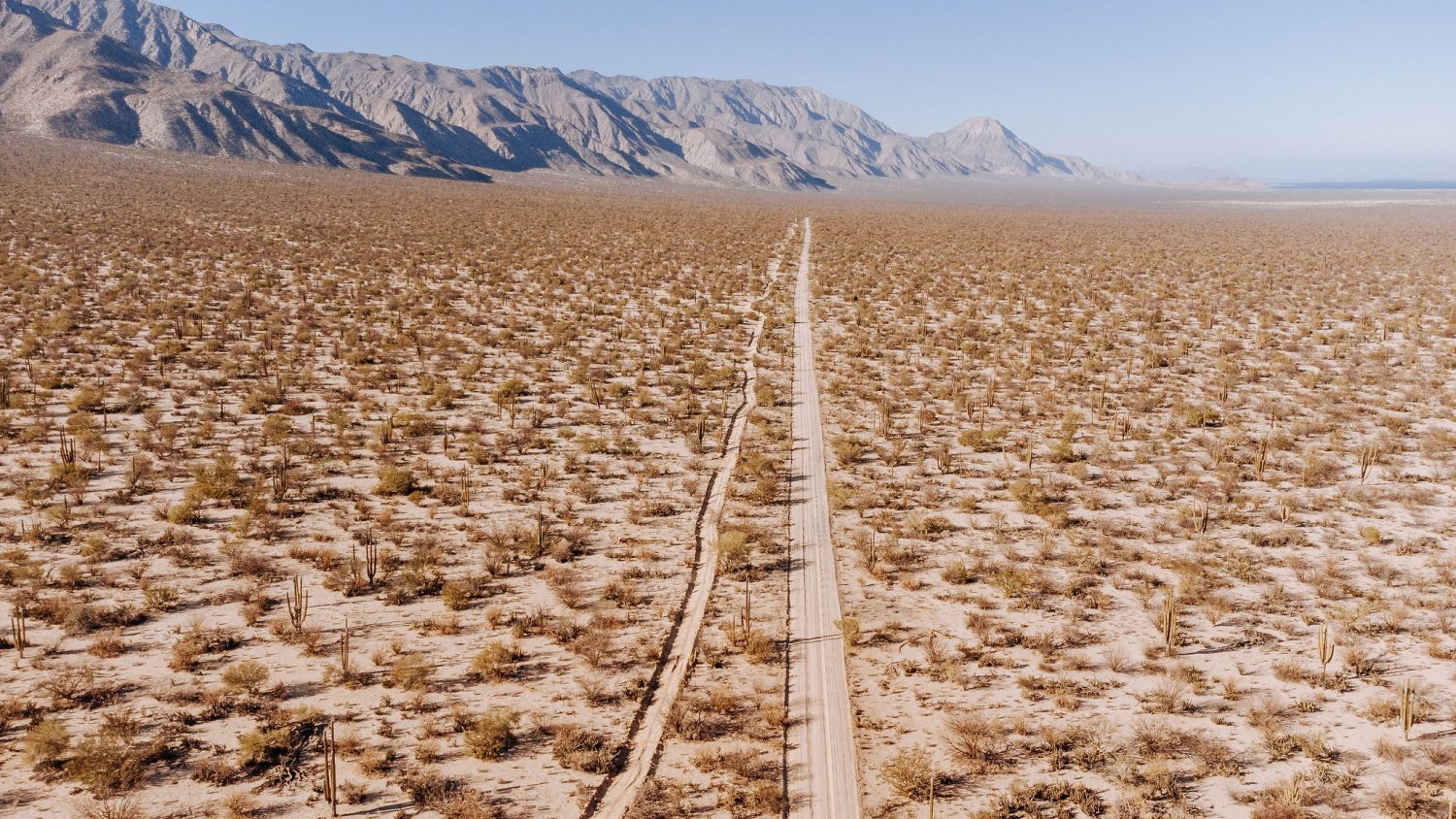
4. Try your best to start with Spanish.
I was sitting in a coffee shop near Bahía de Los Ángeles in Baja California when a man approached the barista and asked in English, “Where can I watch Canadian football and enjoy a beer?” He repeated the phrase over and over, but the barista didn’t understand. This town has no cellular telephone reception, no bank, extremely limited WiFi, and, one would presume, no Canadian television channels. Don’t be this guy. At least put a tiny bit of effort in and start with Spanish. I am the first to admit that my Spanish is terrible, and I’m embarrassed 99 percent of the time. But I also think it’s important to try. A simple Hola (Hello) and ¿Cómo estás? (How are you?) goes a long way. When in doubt, use a phrasebook or Google Translate.
5. Be respectful at checkpoints.
There are a number of military checkpoints located along Baja’s Highway 1, the purpose of which is to monitor the area for drug trafficking and other illegal activities. At each checkpoint, an officer or two will approach the vehicle and either wave you through or ask you to stop the vehicle or exit the vehicle in the case of the border between Baja Norte and Sur. In our experience, the officers have always been friendly, non-confrontational, and fun to chat with. More than anything else, military officers in Baja have greeted us with a sense of genuine curiosity, entertainment, and good humor. It helps to roll up with a smile.
At military checkpoints, you will likely be asked the following questions, so it is helpful to recognize the following phrases:
- ¿De dónde viene(s)(n)? – Where are you coming from?
- ¿A dónde va(s)(n)? – Where are you going?
- ¿Cómo está(s)(n)? – How are you?
- ¿Dónde vive(s)(n)? – Where do you live?
6. Eat the (street) food.
Although the fish taco immediately comes to mind (often fried in batter and topped with shredded cabbage, salsa, crema, and squeeze of lime), Baja is also well-known for its fresh seafood, spicy pork and beef, freshly squeezed juices, tostadas, dates from the oasis town of San Ignacio—the list goes on. Small food stands are often inexpensive, have a high turnover, and offer some of Baja’s best bites.

7. Don’t drive after dark.
There are many reasons why this is one of the primary rules of international overlanding. Many sections of Baja’s Highway 1 are narrow with no shoulder, are poorly lit, and are frequented by cattle or other animals after sunset. Speedy transport trucks regularly run their routes at night, which can be nerve-wracking on an unlit, winding road in the middle of the desert. Take note of what time sunset occurs—days are short in the winter, and you might find yourself wanting to creep into bed earlier than usual.
8. Learn about the history of Baja by visiting historical sites.
From missions and museums to cave paintings, round out your trip by learning more about the history of Baja. Prehistoric pictographs can be found throughout the peninsula; the one at San Borjitas has been carbon-dated at 7,500 years old and is believed to be the oldest cave painting in North America. Read Cave Paintings of Baja California by Harry Crosby to impress your friends at dinner parties.
Spanish Jesuits, Franciscans, and Dominicans established missions on the peninsula, many of which remain intact and open for service and visits. Well-preserved, the missions are an impressive sight and provide valuable insight into the effects of colonization on the local indigenous populations. Tip: Head to the Museo de los Misiónes in Loreto (beside Misión Nuestra Señora de Loreto Conchó) to browse artifacts and historic maps. Some locations might be closed or have restricted hours due to Covid-19.
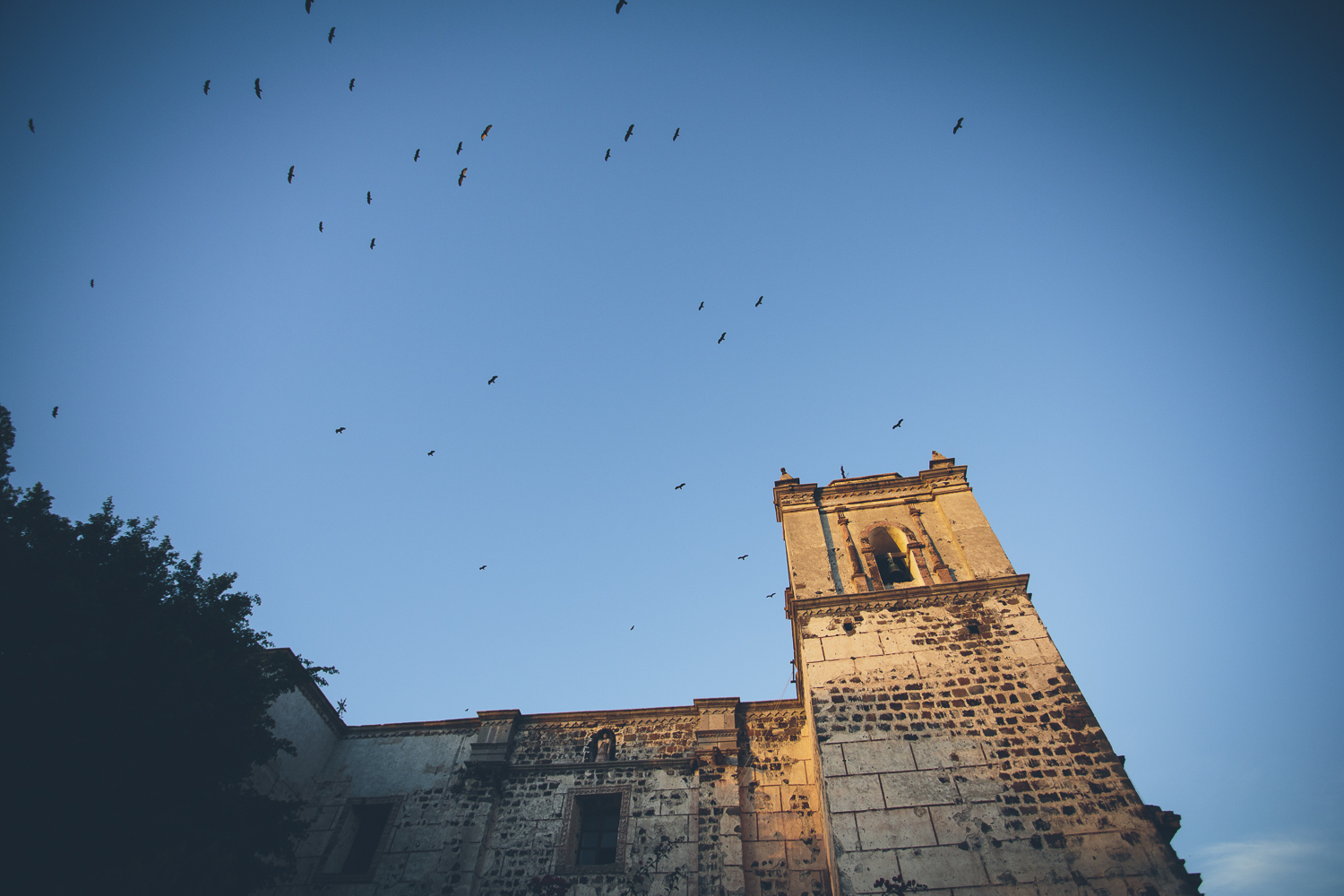

9. A left-hand turn signal might mean “It’s ok to pass.”
Slow transport truck drivers will often initiate their left-hand turn signal when they’ve deemed it’s safe for you to pass. This can be incredibly helpful as they can see further ahead, but sometimes the signal is on because the driver simply forgot to turn it off. Trust at your own risk and offer a thank you wave on your way past.
10. Load up on fuel, cash, cell service, and WiFi when you can.
Fuel is everywhere on the peninsula, but if you are traveling via long dirt tracks, it might be wise to load up your jerry cans and top up your fuel tank at every opportunity. Note that small towns might not carry diesel or 91 Octane. Most fuel stations are full-service, so it’s helpful to let the attendant know if you want regular or premium. Lleno means “full” in Spanish.
We visited several major banks in more populated areas and used our Scotiabank debit or Visa credit card to obtain pesos. For the most part, there were no issues with this; however, some small towns might not have a bank or ATM. In that case, we tracked down several small grocery shops that provided cashback with a fee. We estimated that approximately 80 percent of the places we frequented accepted credit cards.
Cell phone coverage is becoming more widespread in Baja and was pretty good overall. Telcel seems to be the go-to for obtaining a SIM card. As for WiFi, I found it to be all over the map. In some places it was fantastic, in others, it was very slow. Expect inconsistency, and if you don’t really need it, take the opportunity to unplug and enjoy a break. It doesn’t hurt to bring your inReach device or cell phone signal booster, either.
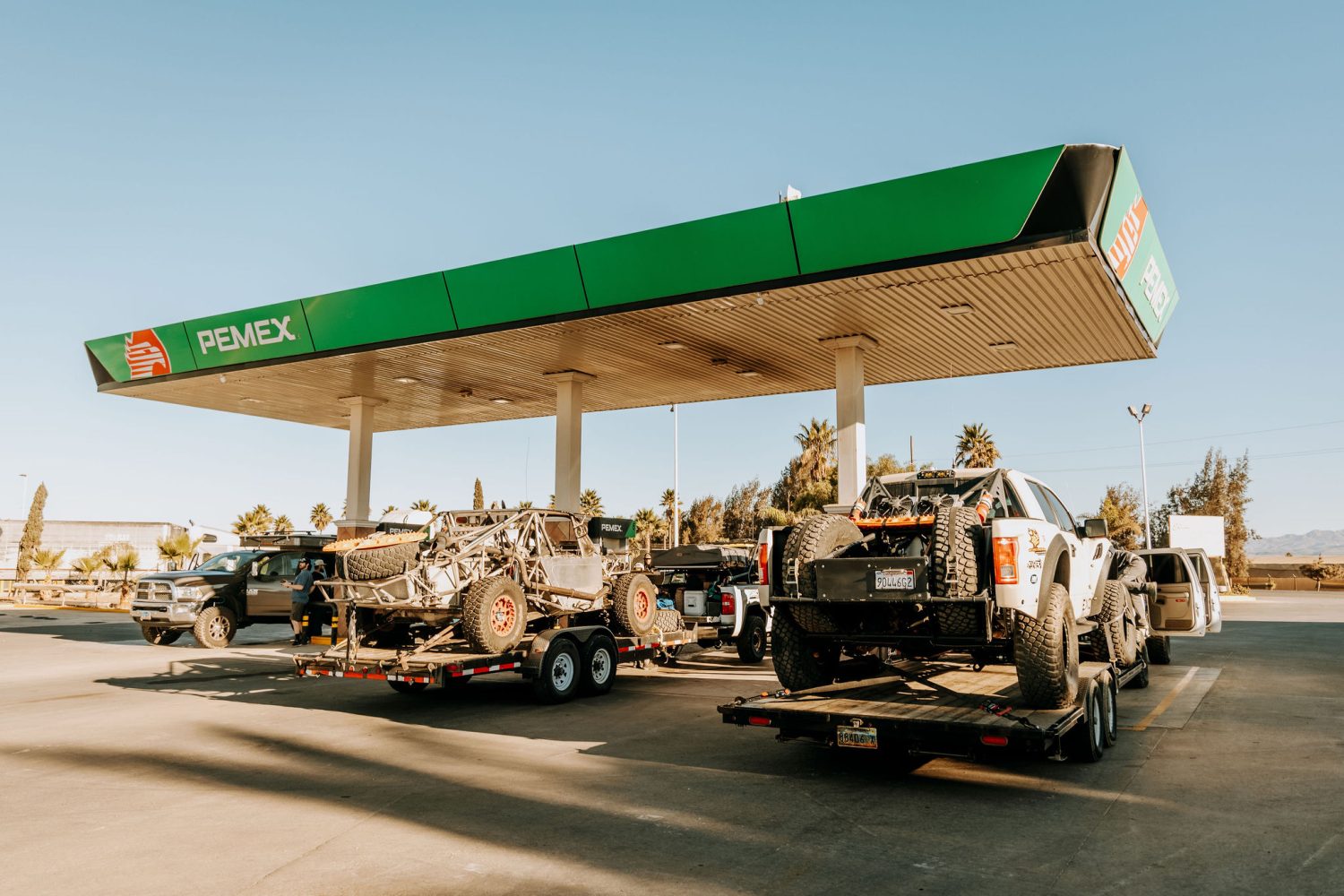
11. Don’t worry; Autozone is there if you need it.
We’ve picked up all sorts of odds and ends from various Autozone locations throughout Mexico, including oil, air filters, an oxygen sensor, the Club, LED strip lights, spark plugs, door handles, and a replacement socket for our tool kit. It’s always prudent to be prepared when it comes to your vehicle but rest assured that Autozone is there if you need it.
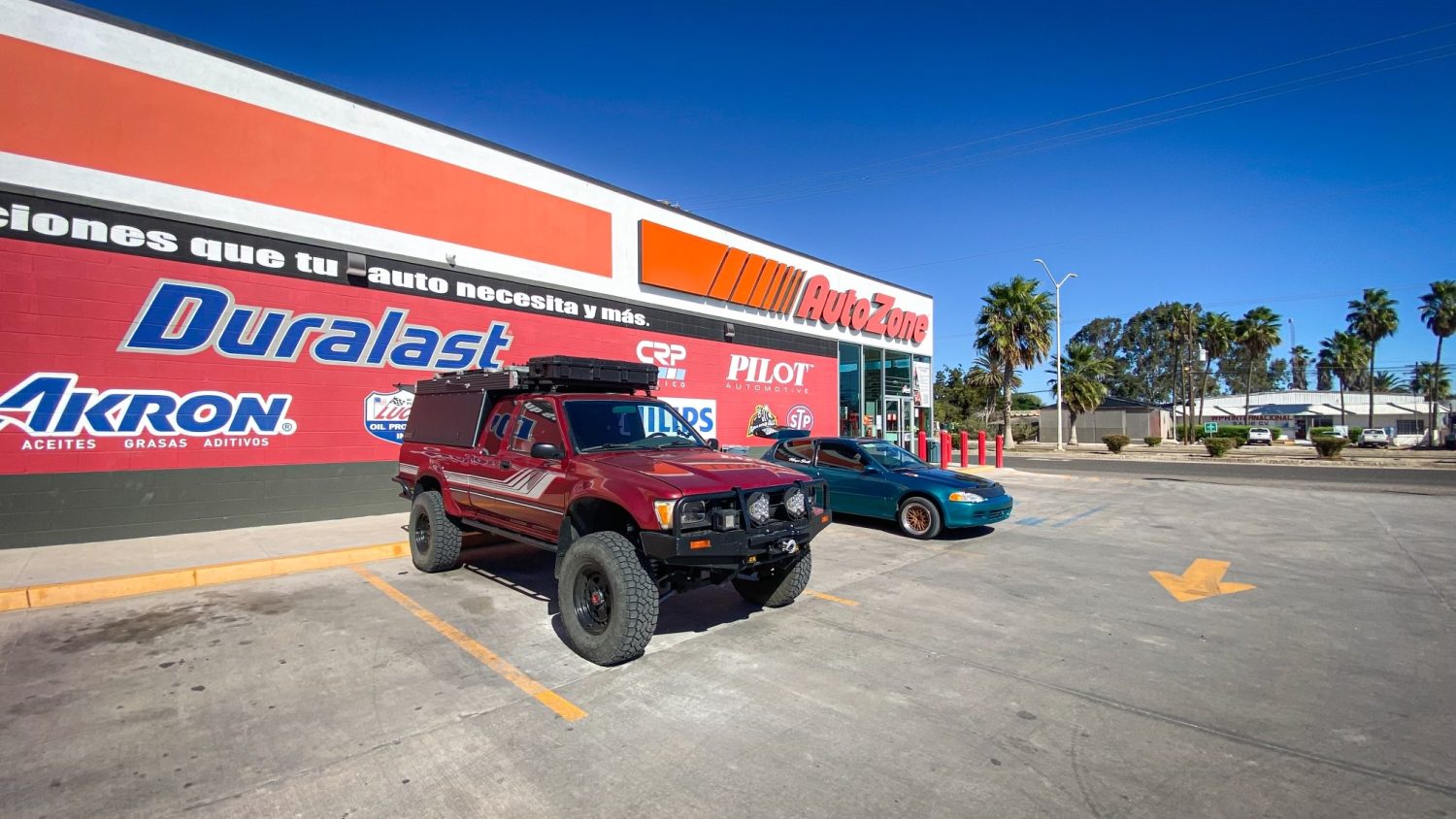
For more Baja tips, check out Scott Brady’s ¡Viva Baja! The Overlander’s Guide here.
As always, respect local COVID-19 guidelines as they may differ from your local community. In some areas, masks might be required, and it is typical to have temperature checks upon entry to grocery stores, etc.
Our No Compromise Clause: We carefully screen all contributors to make sure they are independent and impartial. We never have and never will accept advertorial, and we do not allow advertising to influence our product or destination reviews.


